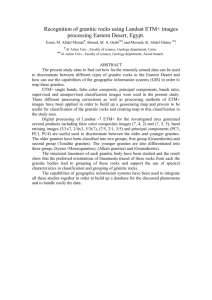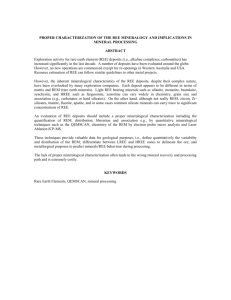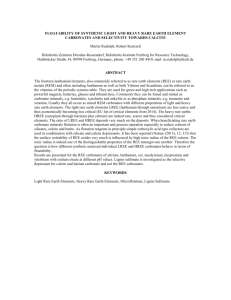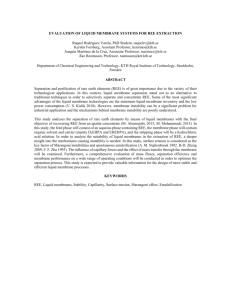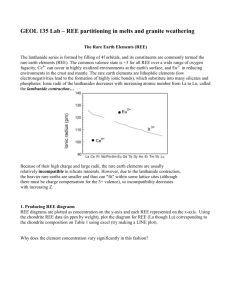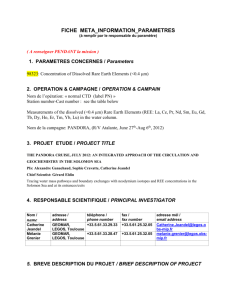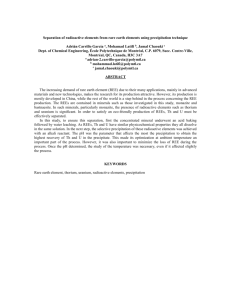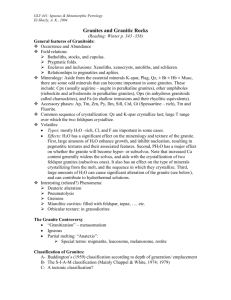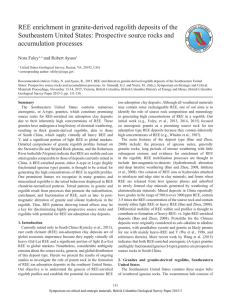06-P-023
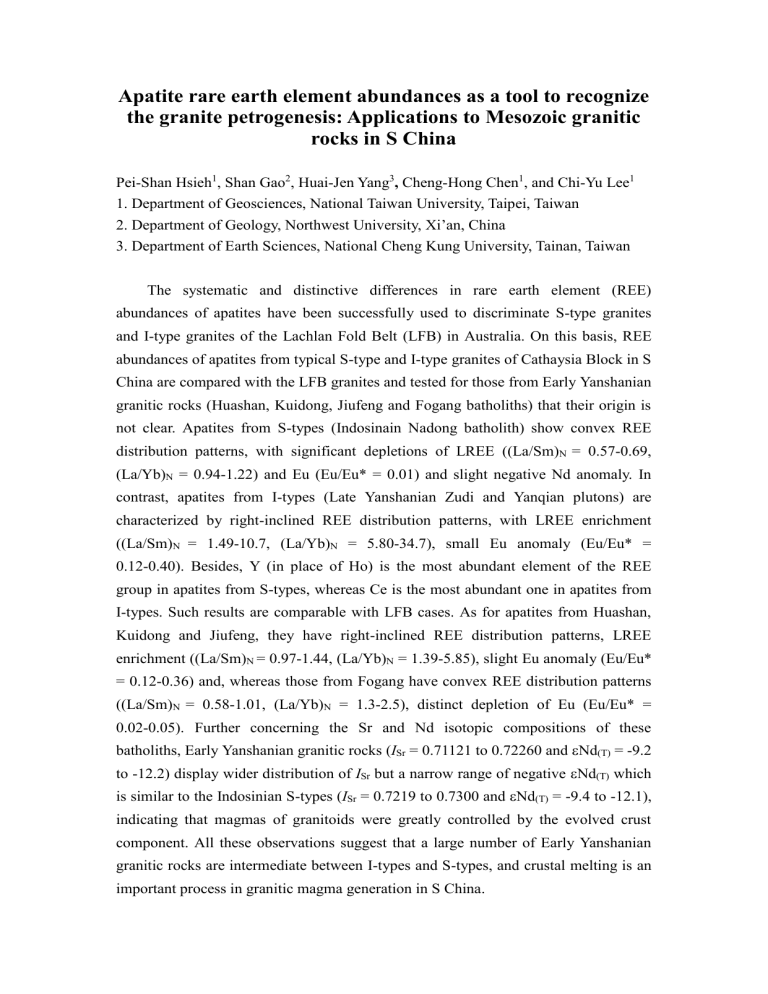
Apatite rare earth element abundances as a tool to recognize the granite petrogenesis: Applications to Mesozoic granitic rocks in S China
Pei-Shan Hsieh 1 , Shan Gao 2 , Huai-Jen Yang 3 , Cheng-Hong Chen 1 , and Chi-Yu Lee 1
1. Department of Geosciences, National Taiwan University, Taipei, Taiwan
2. Department of Geology, Northwest University, Xi’an, China
3. Department of Earth Sciences, National Cheng Kung University, Tainan, Taiwan
The systematic and distinctive differences in rare earth element (REE) abundances of apatites have been successfully used to discriminate S-type granites and I-type granites of the Lachlan Fold Belt (LFB) in Australia. On this basis, REE abundances of apatites from typical S-type and I-type granites of Cathaysia Block in S
China are compared with the LFB granites and tested for those from Early Yanshanian granitic rocks (Huashan, Kuidong, Jiufeng and Fogang batholiths) that their origin is not clear. Apatites from S-types (Indosinain Nadong batholith) show convex REE distribution patterns, with significant depletions of LREE ((La/Sm)
N
= 0.57-0.69,
(La/Yb)
N
= 0.94-1.22) and Eu (Eu/Eu* = 0.01) and slight negative Nd anomaly. In contrast, apatites from I-types (Late Yanshanian Zudi and Yanqian plutons) are characterized by right-inclined REE distribution patterns, with LREE enrichment
((La/Sm)
N
= 1.49-10.7, (La/Yb)
N
= 5.80-34.7), small Eu anomaly (Eu/Eu* =
0.12-0.40). Besides, Y (in place of Ho) is the most abundant element of the REE group in apatites from S-types, whereas Ce is the most abundant one in apatites from
I-types. Such results are comparable with LFB cases. As for apatites from Huashan,
Kuidong and Jiufeng, they have right-inclined REE distribution patterns, LREE enrichment ((La/Sm)
N
= 0.97-1.44, (La/Yb)
N
= 1.39-5.85), slight Eu anomaly (Eu/Eu*
= 0.12-0.36) and, whereas those from Fogang have convex REE distribution patterns
((La/Sm)
N
= 0.58-1.01, (La/Yb)
N
= 1.3-2.5), distinct depletion of Eu (Eu/Eu* =
0.02-0.05).
Further concerning the Sr and Nd isotopic compositions of these batholiths, Early Yanshanian granitic rocks ( I
Sr
= 0.71121 to 0.72260 and
Nd
(T)
= -9.2 to -12.2) display wider distribution of I
Sr
but a narrow range of negative
Nd
(T)
which is similar to the Indosinian S-types ( I
Sr
= 0.7219 to 0.7300 and
Nd
(T)
= -9.4 to -12.1), indicating that magmas of granitoids were greatly controlled by the evolved crust component. All these observations suggest that a large number of Early Yanshanian granitic rocks are intermediate between I-types and S-types, and crustal melting is an important process in granitic magma generation in S China.
